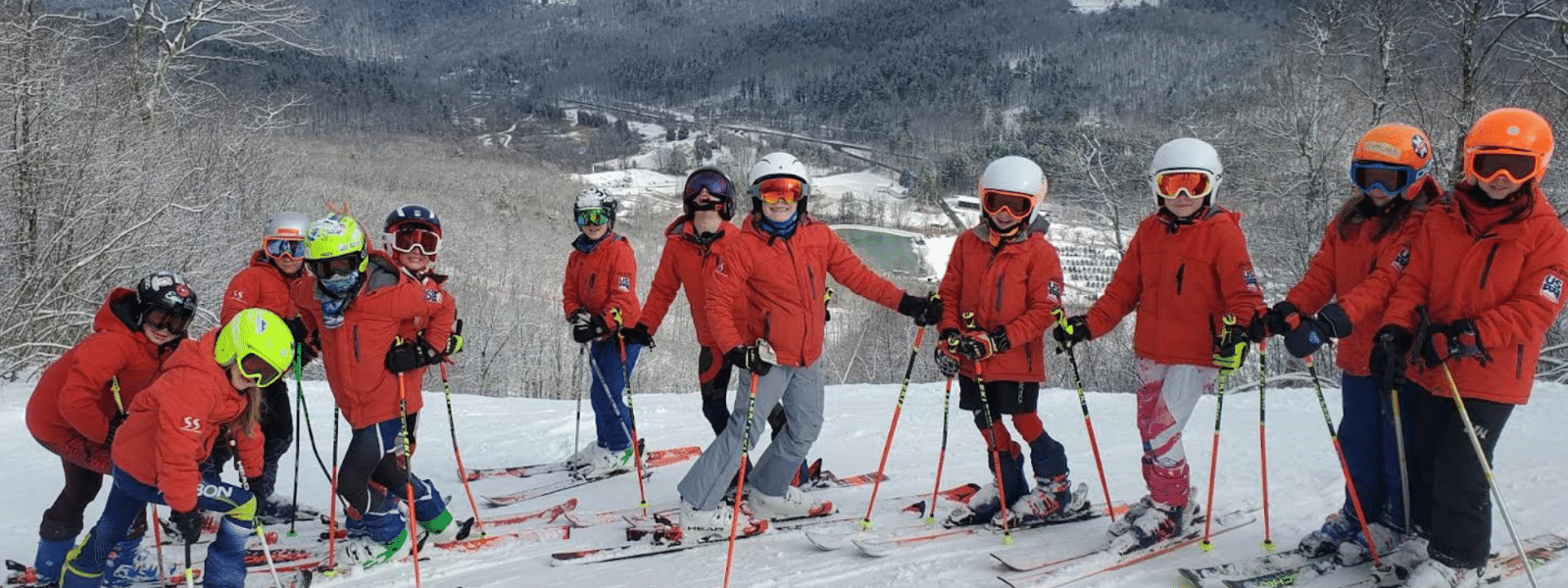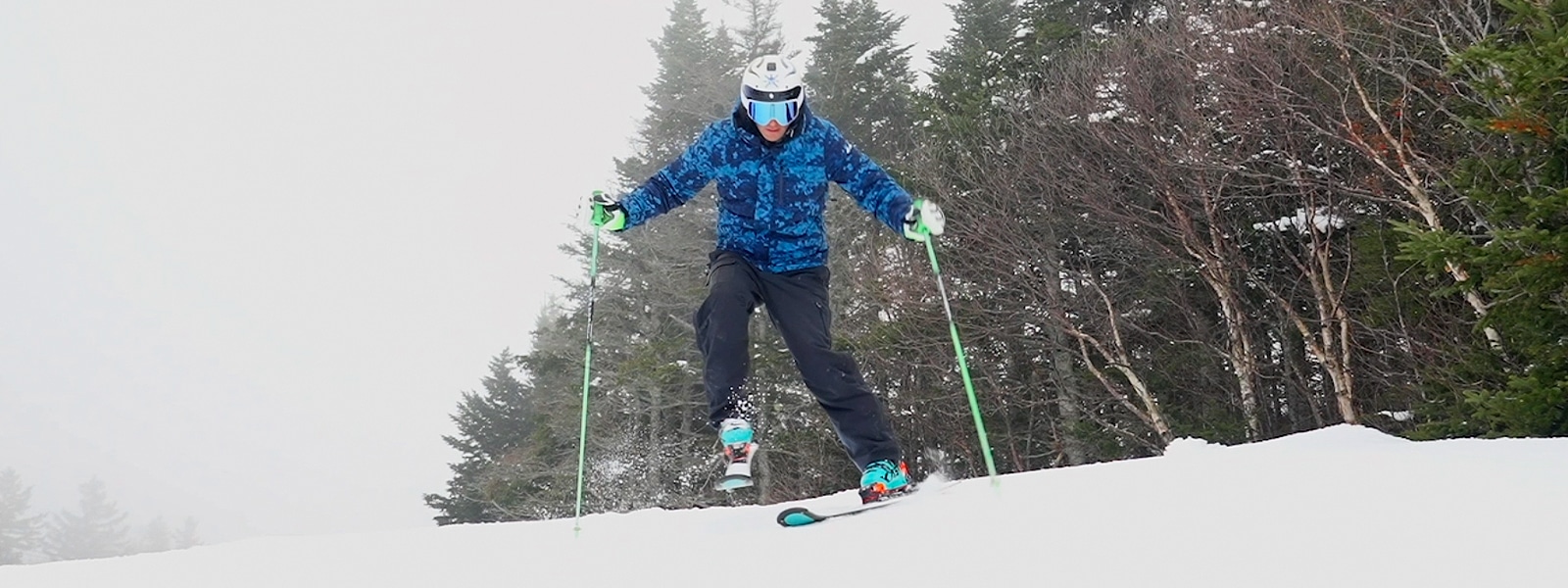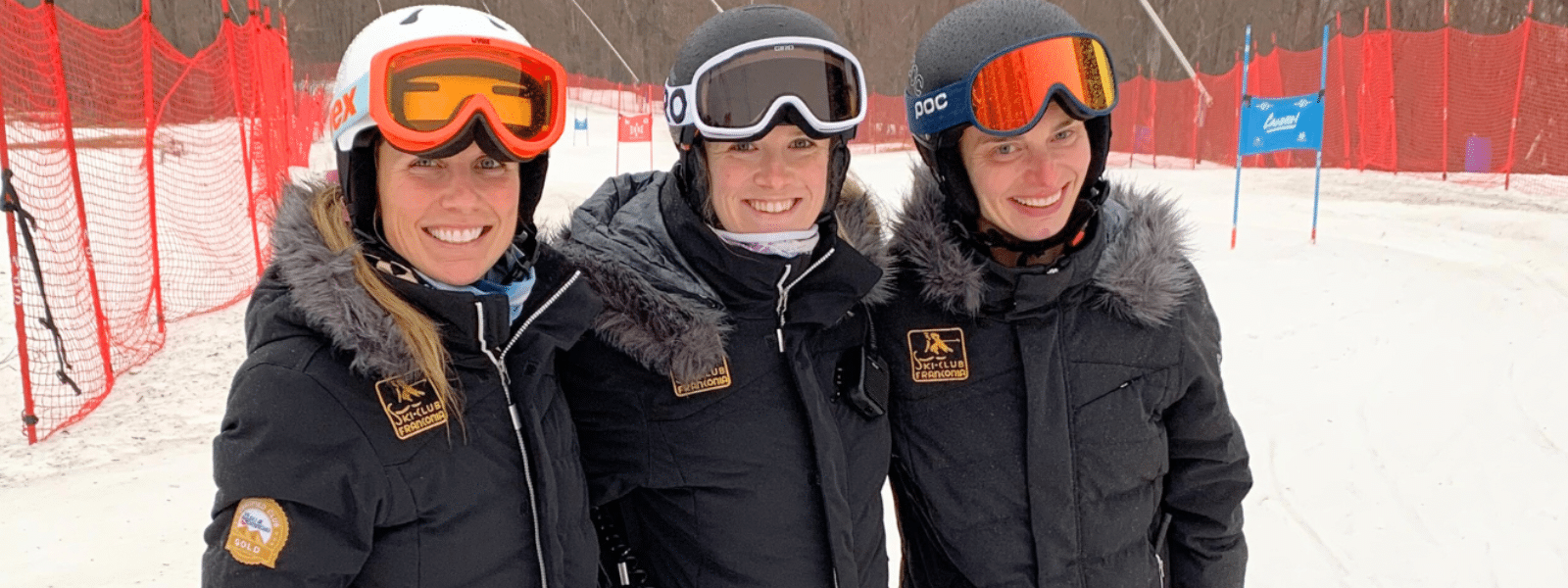Backshop: How to Buy New Race Skis and Boots
It isn’t as straightforward as you think
It’s time to invest in new race gear for the season ahead — one of the most exciting, and overwhelming, seasons of the year. Relax, take a deep breath, and follow these trusted tips to dial in your fastest equipment ever.
First, steer clear of big-box bargains and sketchy techs. “Finding a trustworthy, respected expert in a shop specializing in race gear is key to the purchasing process,” says Peter Kailey of Sport Thoma, which has seven locations throughout New England. “Beware of those [both shops and techs] who have not made a ridiculous commitment to the sport, because that is what it takes to do it well.”
Next, think about these questions before you buy anything.
Q: What size, flex, and radius make the most sense?
“Ideally, the athlete’s coach, who knows the racer’s style, strengths, and weaknesses, should be part of the conversation from the beginning,” says Kailey. “That’s especially true, since no one wants to hear from the coach the first day on snow that the gear choices were poor.” Many athletes purchase a smaller-radius ski for racing and a larger radius ski to use as a training tool and to ease transitions with equipment as they advance to the next group, but that’s not always appropriate.
Q: Is product currently available? If not, when is it expected to arrive in the U.S. and at the shop?
Sometimes a given size or model will be delayed in production. These delays can range from a week to three months. “Manufacturers are generally not carrying a lot of extra race inventory in the warehouse,” explains Kailey. “They would rather sell out than get stuck with a bunch of obsolete gear.” Better to order early and wait rather than miss out on what you really need.
Q: Is my local fit day the only or best time to get sized up and order new equipment?
While fit days are an excellent chance to get posters, meet manufacturers reps, catch up with ski club friends, and get expert advice from coaches, reps, and shops, the atmosphere can often lead to mistakes. “In the best race shops, every day is a fit day,” says Kailey, “and many athletes, families and coaches believe in that one-on-one attention.”
Q: Are used ski options available and appropriate? How about closeout gear from last season?
Ski racing is expensive. “Race gear takes a beating and it doesn’t last forever,” says Kailey. “Good used race gear can be a great bargain, but you really need to know what you are looking at.” While equipment may seem a logical place to try to save some money, remember that coaching fees, training time and travel all add up, and having sub-par equipment will negate almost all of that investment.
Q: What do I need to do next with the equipment I buy?
For starters, keep reading these Backshop columns — you’ll learn something new every time about preparing and maintaining your equipment. Take note from Sport Thoma’s Kailey. “Race skis need some serious attention out of the wrapper for them to perform well,” he says. “Most every pair we send out the door has at least one hour’s work put into them, not including binding work.” Again, this service costs money, but to start with skis that are ready to maintain easily saves countless hours of frustration down the road.
Working with a reputable race shop is worth every penny. After all, the relationship you build when things are smooth will mean that when the wheels start falling off the wagon, your shop will save the day. Kailey borrows from the U.S. Armed Forces in saying, “The difficult we do immediately; the impossible takes a little longer.’”





















